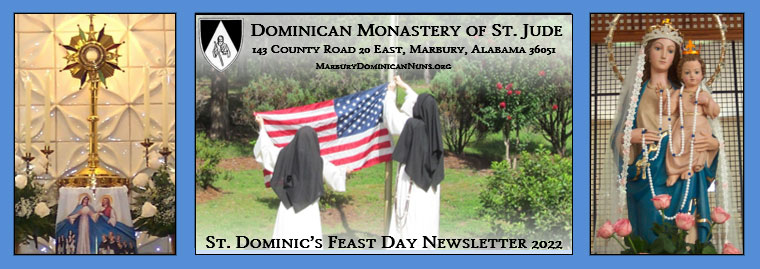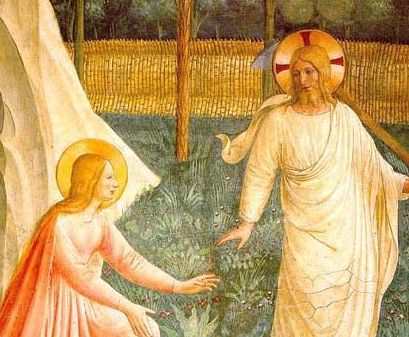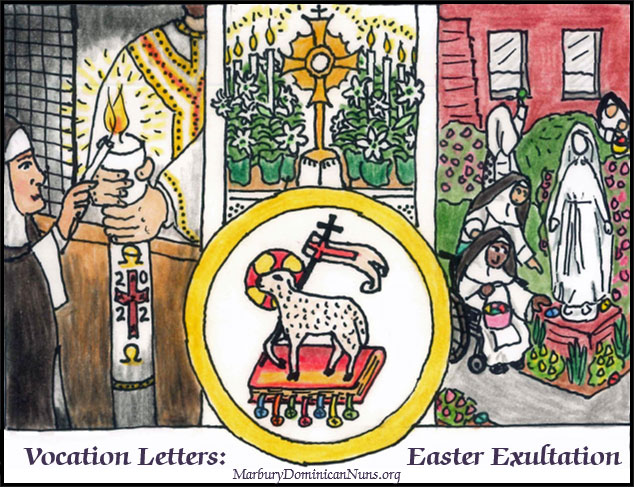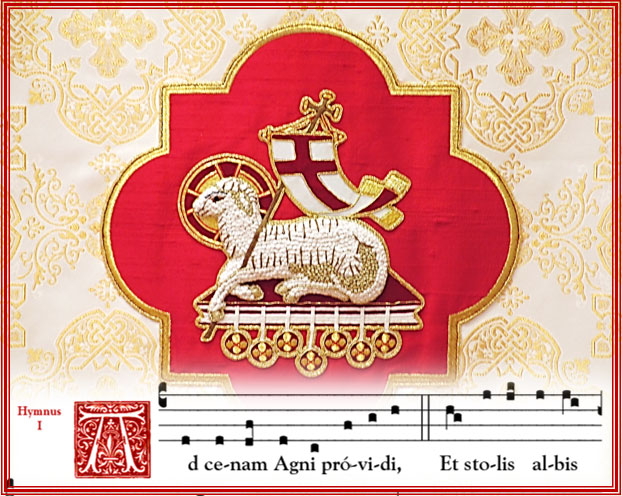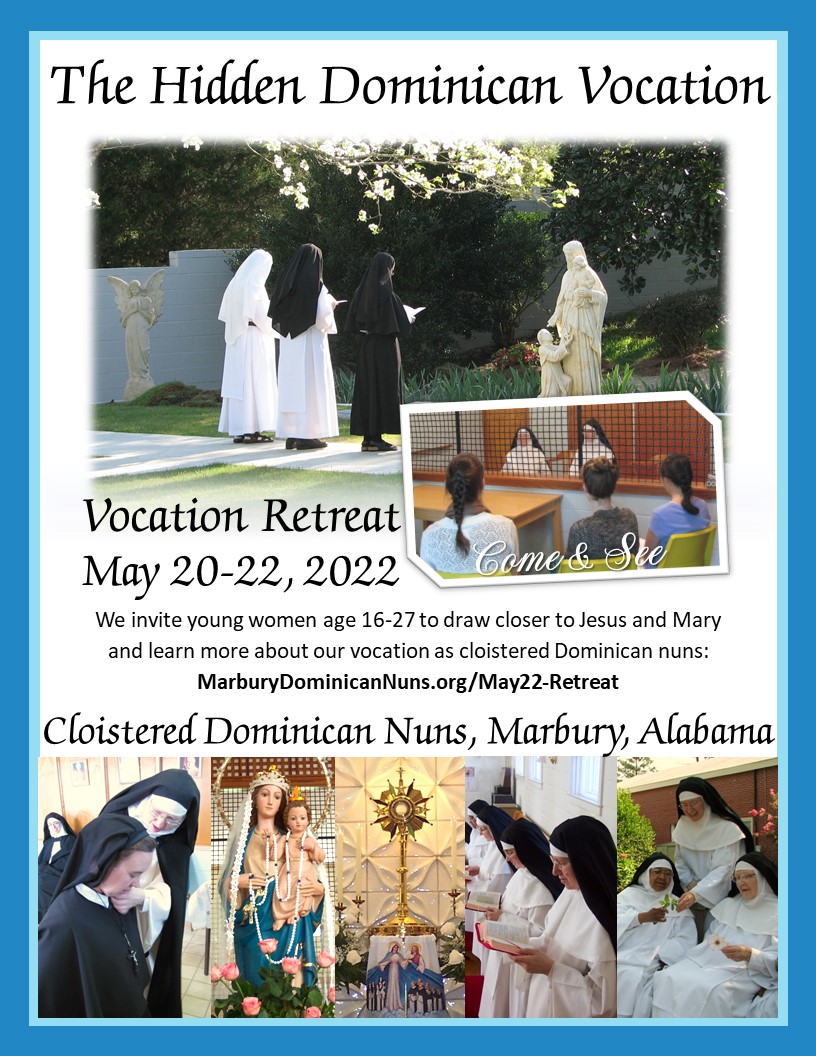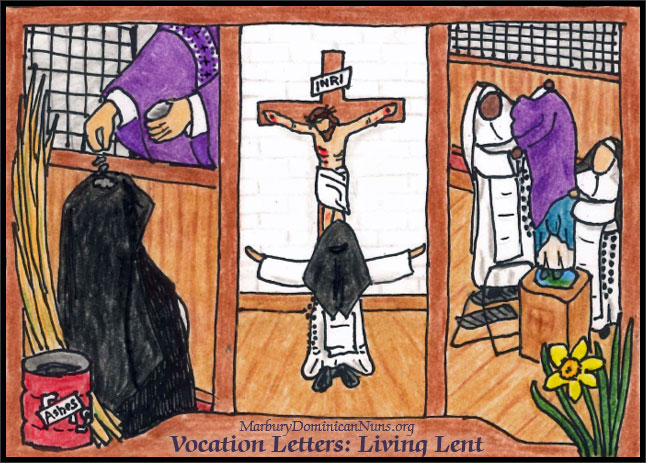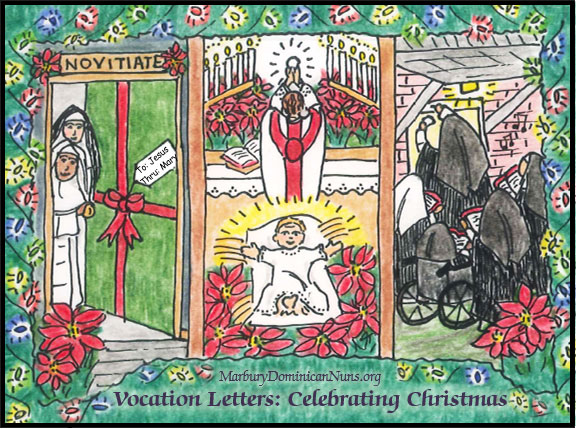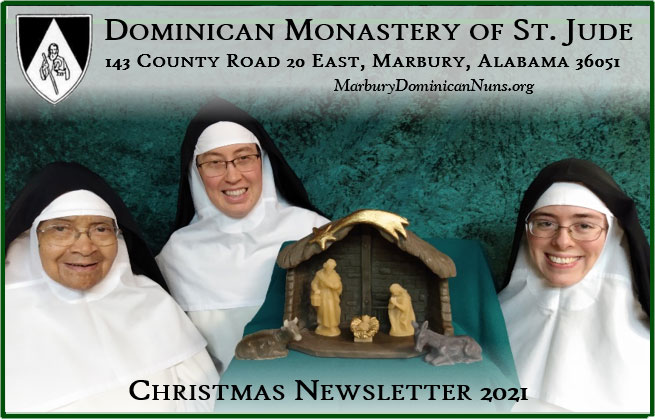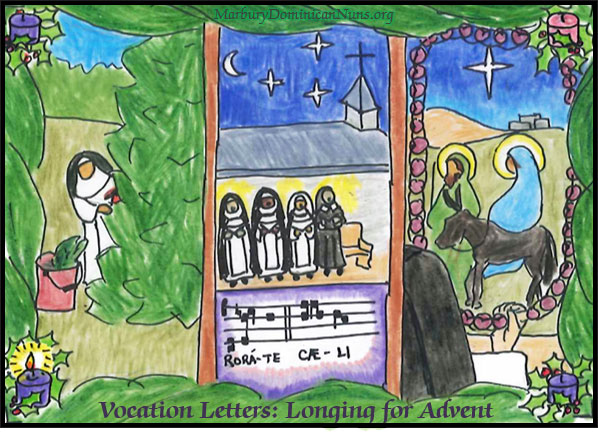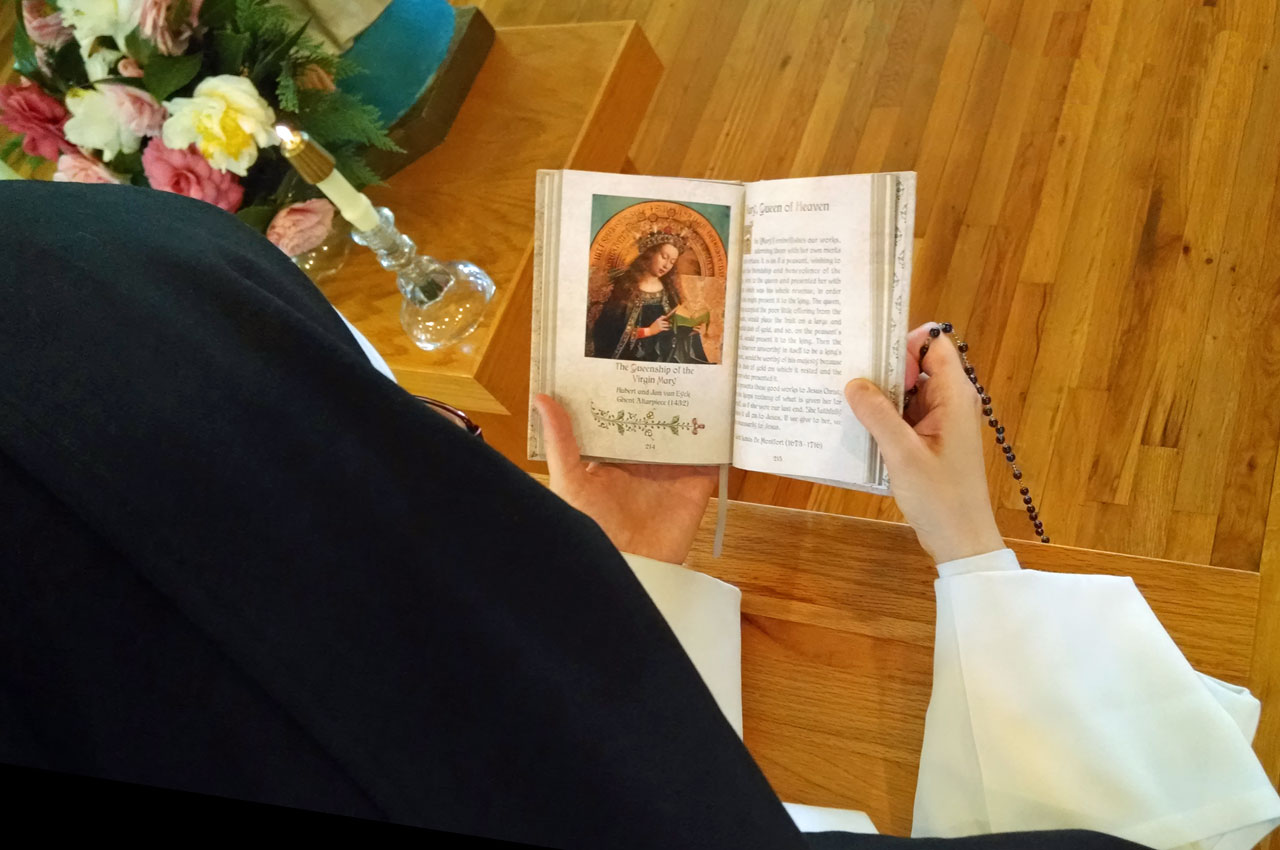St. Dominic’s Feast Day Newsletter 2022

On March 25th, the Feast of the Annunciation, Pope Francis consecrated the world, including Russia and Ukraine, to the Immaculate Heart of Mary. We joined with the Bishops of America and throughout the world in making this consecration. Pope Francis called on the Mother of God: “We now turn to you and knock at the door of your heart. We are your beloved children. In every age you make yourself known to us, calling us to conversion. At this dark hour, help us and grant us your comfort. Say to us once more: ‘Am I not here, I who am your Mother?’ You are able to untie the knots of our hearts and of our times. In you we place our trust. We are confident that, especially in moments of trial, you will not be deaf to our supplication and will come to our aid.” Just as at the wedding feast of Cana, when Our Lady obtained wine for the feast, we beg our Blessed Mother to intercede for conversion of hearts in order to obtain true and lasting peace throughout the world.

April 2nd was the 50th Anniversary of the entrance of Mother Mary of the Precious Blood of Jesus, O.P. Mother, the second oldest of nine children, comes from upstate New York. Her desire to follow Christ in the consecrated life was inspired by reading the lives of the saints as a teenager and by the family devotion to Our Lady, especially the family Rosary. In ninth grade, Mother began writing to various communities of teaching Sisters, but none of them seemed to be the place where she was called. A visit to Marbury, where she experienced the monastic rhythm of life and the choral Divine Office and Mass, began to tug on her heart. So, leaving all, Mother entered the cloister to dedicate herself to the praise of God and intercession for souls. She has served the community in many roles over the past 50 years, including Sacristan, Chantress, Bursar, Novice Mistress, seamstress, and now as Prioress.

Later on in June, Mother’s family came from all over the country to celebrate with a special Jubilee Mass offered by Father Gabriel Torretta, O.P. The family volunteered, as a Jubilee gift, to re-build our block wall protecting our property enclosure, which had been knocked down several years ago by hurricane Zeta (see the photo in our Christmas 2020 Newsletter). With great enthusiasm they worked together in the Alabama heat. What a blessing to have the family with us, and now, over 800 blocks later, to have the fruit of their work protect our enclosure.
“Sister,” the doctor began, “you are 92 years old! Tell me, please, what is your secret.” “Well, Doctor, it is this,” answered Sister, with a mischievous look, “you must eat one monster cookie every day!”
Early this February, the need to replace an ancient fluorescent fixture and the equally ancient ceiling panel above it, led to a full-scale renovation project. We asked a friend to help us locate the ceiling panels. He not only located them, but graciously volunteered his time to replace them, while our workman installed the fixtures. The next room was equally in need, as there was no insulation above the ceiling panels, and with many old, live wires hanging down. Our men had to trace out the old and defective wires and replace them. They ended up replacing the ceiling, lights, and much of the wiring for the whole wing—finished just in time for Easter! How grateful we are for their magnanimous help.
In May, we were able to host a Vocation retreat weekend for nine young women to learn about our Dominican contemplative life. They shared in our life of prayer, joining us for singing the Divine Office, praying the community Rosary and spending quiet time before our Eucharistic Lord. Fr. Edmund McCullough, O.P. and our Sisters gave vocation talks and later shared their vocation stories at evening recreation. The young women were very grateful for the time spent on retreat. Pray that the Holy Spirit will guide each one as she seeks God’s will for her life.

